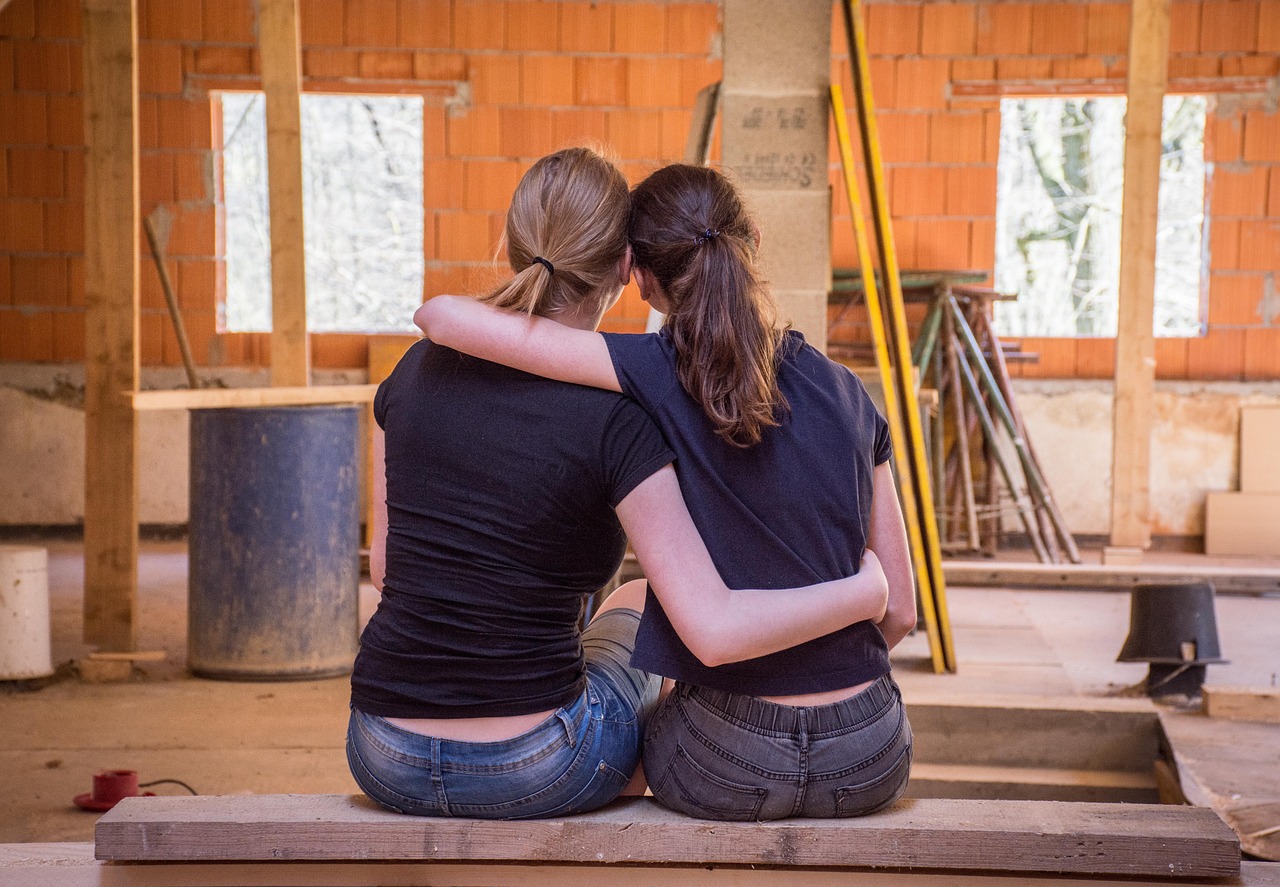
DIY (Do-It-Yourself) home projects can be a rewarding and cost-effective way to improve your living space. However, taking home improvement tasks without the necessary knowledge and preparation can lead to costly mistakes, safety hazards, and unsatisfactory results. This article will highlight common mistakes to avoid when handling DIY home projects to ensure successful and enjoyable renovations.
Lack of Proper Planning
One of the biggest mistakes in DIY home projects is jumping in without a well-thought-out plan. Before starting any renovation, take the time to research, create a detailed project outline, and gather all the necessary tools and materials. Plan the project’s timeline and budget, and be realistic about your capabilities and the potential challenges you may face.
Skipping Safety Precautions
Safety should always be a top priority when working on DIY home projects. Neglecting to use appropriate safety gear, such as gloves, goggles, and dust masks, can lead to accidents and injuries. Additionally, ensure you turn off power sources and follow safety guidelines when dealing with electrical work or using power tools. When in doubt, consult online tutorials or seek advice from professionals.

Ignoring Building Codes and Permits
Many DIY projects require adherence to local building codes and obtaining necessary permits. Failing to comply with these regulations can result in costly fines and delays in the project. Before starting any significant renovation, check with your local authorities to ensure you have all the required permits and that your project meets the relevant building codes.
Underestimating the Complexity
Some DIY enthusiasts take on projects beyond their skill level, underestimating the complexity. Avoid biting off more than you can chew, especially for structural or technical tasks. If a project requires specialized knowledge or expertise, consider consulting a professional to avoid costly mistakes and ensure the job is done correctly.
Poor Quality Materials and Tools
Using low-quality materials and tools can lead to subpar results and increase the likelihood of future repairs. Invest in durable, high-quality materials that are appropriate for the task at hand. Additionally, ensure you have the right tools for the job, as improper tools can damage materials and compromise the project’s success.

Rushing Through the Project
Rushing through DIY projects can lead to sloppy craft and costly errors. Take the time to follow instructions carefully, measure accurately, and pay attention to detail. Precision and patience are key to achieving professional-looking results in any DIY project.
Neglecting to Test Beforehand
Before committing to a DIY project, testing out your ideas on a smaller scale is essential. It allows you to assess whether your plans will work as intended and allows you to make adjustments before tackling the entire project. Testing can save you time, money, and frustration in the long run.
Conclusion
DIY home projects can be a satisfying and economical way to enhance your living space. However, avoiding common mistakes is crucial to achieving successful results. By planning thoroughly, prioritizing safety, adhering to building codes, understanding project complexity, using quality materials and tools, taking your time, and testing ideas beforehand, you can avoid potential pitfalls and ensure your DIY home projects are completed with excellence and satisfaction.

